Copyright 1984 by Richard Erdoes and Alfonso Ortiz.
All rights reserved under International and Pan-American Copyright Conventions. Published in the United States by Pantheon Books, a division of Random House, Inc., New York, and simultaneously in Canada by Random House of Canada Limited, Toronto. Originally published in hardcover by Pantheon Books, a division of Random House, Inc., in 1984.
Library of Congress Cataloging in Publication Data
Main entry under title:
Amerxican Indian myths and legends.
(Pantheon fairy tale & folklore library)
Bibliography: p.
1. Indians of North AmericaLegends. 2. Indians of North AmericaReligion and mythology. I. Erdoes, Richard. II. Ortiz, Alfonso, 1939 . III. Series.
E98.F6A47 1984 389.208997 8442669
ISBN 0-394-74018-1 (Pbk.)
eBook ISBN: 978-0-8041-5175-7
v3.1
Grateful acknowledgment is made to the following for permission to reprint or adapt from previously published material. In the case of adaptation, the authors may have retitled the tales.
Origin of the Gnawing Beaver and The Flood, adapted from Hada Myths Illustrated in Argillite Carvings, edited by Marius Barbeau, Bulletin no. 127, Anthropological Series no. 32 (Ottawa, 1953), pp. 5256 and 184185. By permission of the National Museum of Man, National Museums of Canada.
How Coyote Got His Cunning and The Coming of Thunder from California Indian Nights Entertainments by E. W. Gifford. Copyright 1930 by the Arthur H. Clark Company. By permission of the Arthur H. Clark Company.
Coyote Fights a Lump of Pitch, Coyote Gets Rich Off the White Men, Coyote Steals Suns Tobacco, and Turkey Makes the Corn and Coyote Plants It from Tales of the White Mountain Apache by Grenville Goodwin in Memoirs of the American Folklore Society, vol. 33. Copyright 1939 by the American Folklore Society. By permission of the American Folklore Society.
Always-Living-at-the-Coast, Coyote and the Mallard Ducks, and Coyote Takes Water from the Frog People from Giving Birth to Thunder, Sleeping with His Daughter by Barry Holstun Lopez. Copyright 1977 by Barry Holstun Lopez. By permission of the author and Andrews & McMeel, Inc., Fairway, Kansas.
Apache Chief Punishes His Wife from Taos Tales by Elsie Clews Parsons in Memoirs of the American Folklore Society, vol. 34. Copyright 1940 by the American Folklore Society. By permission of the American Folklore Society.
A Legend of Multnomah Falls, Creation of the Animal People, Creation of the Yakima World, People Brought in a Basket, Kulshan and His Two Wives, When Grizzlies Walked Upright, Pushing Up the Sky, The Elk Spirit of Lost Lake, and Playing a Trick on the Moon from Indian Legends of the Pacific Northwest by Ella E. Clark. Copyright 1953 by the Regents of the University of California. By permission of the University of California Press.
The Buffalo Go from American Indian Mythology by Alice Marriott and Carol K. Rachlin (Thomas Y. Crowell Co.). Copyright 1968 by Alice Marriott and Carol K. Rachlin. By permission of Harper & Row, Publishers, Inc.

CONTENTS
 PART ONE
PART ONE RABBIT BOY KICKED THAT BLOOD CLOT AROUND:TALES OF HUMAN CREATION
RABBIT BOY KICKED THAT BLOOD CLOT AROUND:TALES OF HUMAN CREATION PART TWO
PART TWO THE PLACE OF EMERGENCE:TALES OF WORLD CREATION
THE PLACE OF EMERGENCE:TALES OF WORLD CREATION PART THREE
PART THREE THE EYE OF THE GREAT SPIRIT:TALES OF THE SUN, MOON, AND STARS
THE EYE OF THE GREAT SPIRIT:TALES OF THE SUN, MOON, AND STARS PART FOUR
PART FOUR ORDEALS OF THE HERO:MONSTERS AND MONSTER SLAYERS
ORDEALS OF THE HERO:MONSTERS AND MONSTER SLAYERS PART FIVE
PART FIVE COUNTING COUP: WAR AND THE WARRIOR CODE
COUNTING COUP: WAR AND THE WARRIOR CODE PART SIX
PART SIX THE SOUND OF FLUTES:TALES OF LOVE AND LUST
THE SOUND OF FLUTES:TALES OF LOVE AND LUST PART SEVEN
PART SEVEN COYOTE LAUGHS AND CRIES: TRICKSTER TALES
COYOTE LAUGHS AND CRIES: TRICKSTER TALES PART EIGHTH
PART EIGHTH FOUR LEGS, TWO LEGS, AND NO LEGS:STORIES OF ANIMALS AND OTHER PEOPLE
FOUR LEGS, TWO LEGS, AND NO LEGS:STORIES OF ANIMALS AND OTHER PEOPLE PART NINE
PART NINE SOMETHING WHISTLING IN THE NIGHT:GHOSTS AND THE SPIRIT WORLD
SOMETHING WHISTLING IN THE NIGHT:GHOSTS AND THE SPIRIT WORLD PART TEN
PART TEN ONLY THE ROCKS AND MOUNTAINS LAST FOREVER:VISIONS OF THE END
ONLY THE ROCKS AND MOUNTAINS LAST FOREVER:VISIONS OF THE END
INTRODUCTION
The 166 legends recorded here come from the heart and soul of the native people of North America. Some have been told for thousands of years, and they are still being told and retold, reshaped and refitted to meet their audiences changing needs, even created anew out of a contemporary mans or womans vision. They arise out of the earththe plants, herbs, and animals which are integral parts of the human realm. They are imbedded in the ancient languages and flow according to the rhythms of the natural worlda different pace indeed from that of a technological, man-made environment. Most industrialized people, eyes ever on the clock, fragmented by the pressing problems of a split-second, microchip society, have little time or inclination, it seems, to speculate on the communal nature of the universe. Mutually shared and supportive legends about the beginning and end of the world (and what happens in between) seem hopelessly beyond their vision.


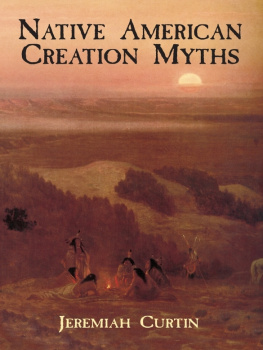
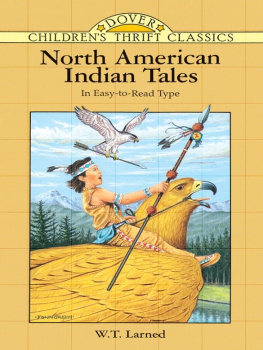
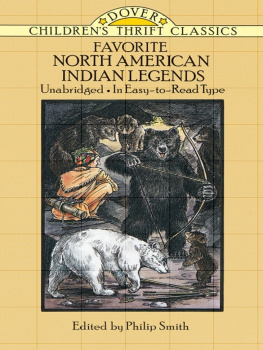





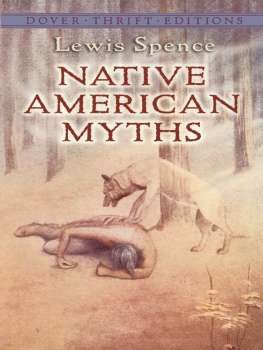
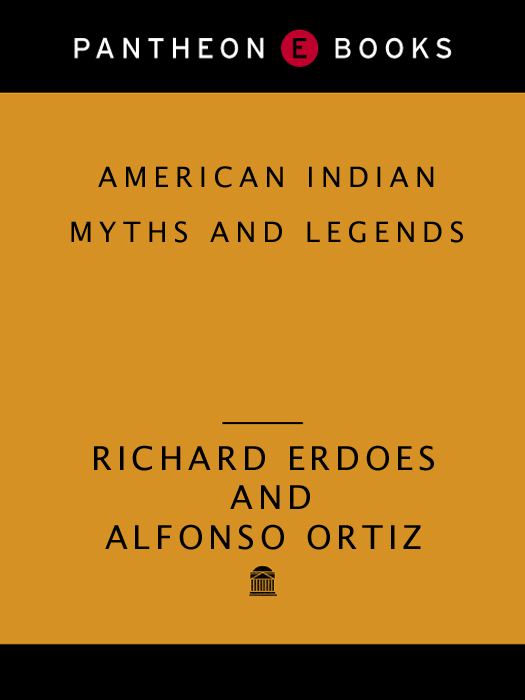
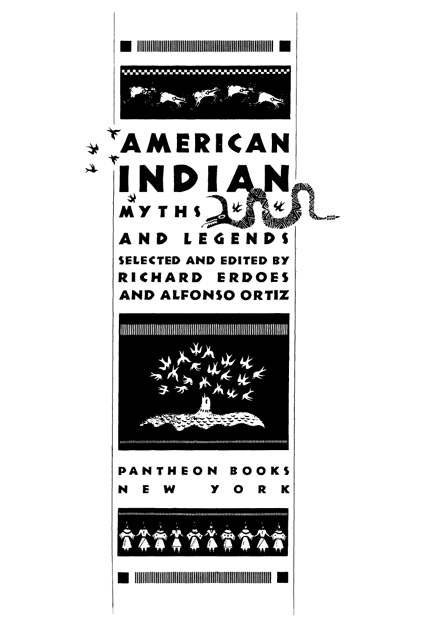

 PART ONE
PART ONE